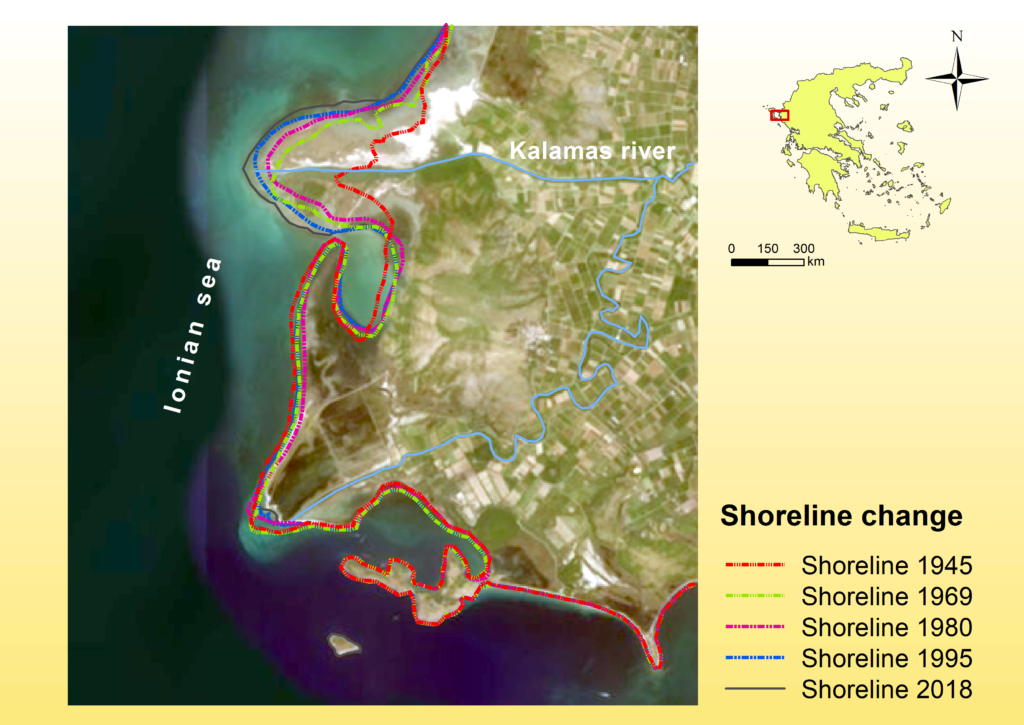Palaeoenvironmental reconstruction
The study of past changes in the environment in both inland and coastal areas is key to understanding the speed and scale of modern-day climatic and environmental change as well as predicting and modelling future changes.
Coastal zones are dynamic socioeconomic systems that support concentrated populations and critical infrastructure (including cultural heritage assets) as well as important ecological services, such as wildlife habitat, water filtration, erosion and storm/flood protection. Coastal environments change over time, with their current and future shape being strongly determined by how they evolved. Palaeoenvironmental studies in coastal systems have proven to be excellent tools in understanding past changes but also predicting future climate change, allowing impact assessments to be conducted.
Furthermore, a major component of geoarchaeology is the reconstruction of palaeoenvironments at archaeological sites or within a region. In this regard, palaeoenvironmental information can be critical for understanding the environment before, during, and after a site occupation, and it may provide insights into environmental changes that dictated technology, social structure, and settlement strategies.
PAMS group undertakes research to reconstruct palaeoenvironmental change and landscape evolution by employing a multi-proxy approach, including geochronological techniques, sedimentological, stratigraphic and geochemical analyses as well as numerical modeling and digital mapping.
Our goal is to decipher and better understand earth’s history and climate and how the two have been interacting in both the marine and terrestrial realms and contribute to predictive modelling of future landscape evolution.
PAMS group has conducted several studies related to the palaeoenvironment, collaborating with several research groups from other research institutes and universities


